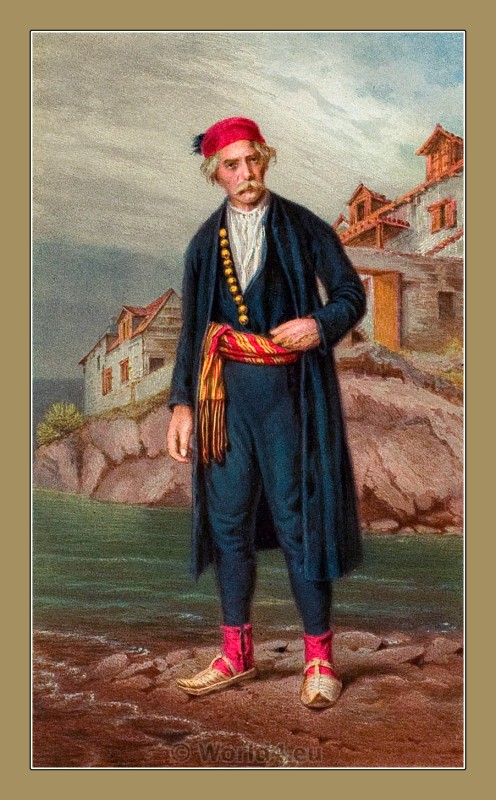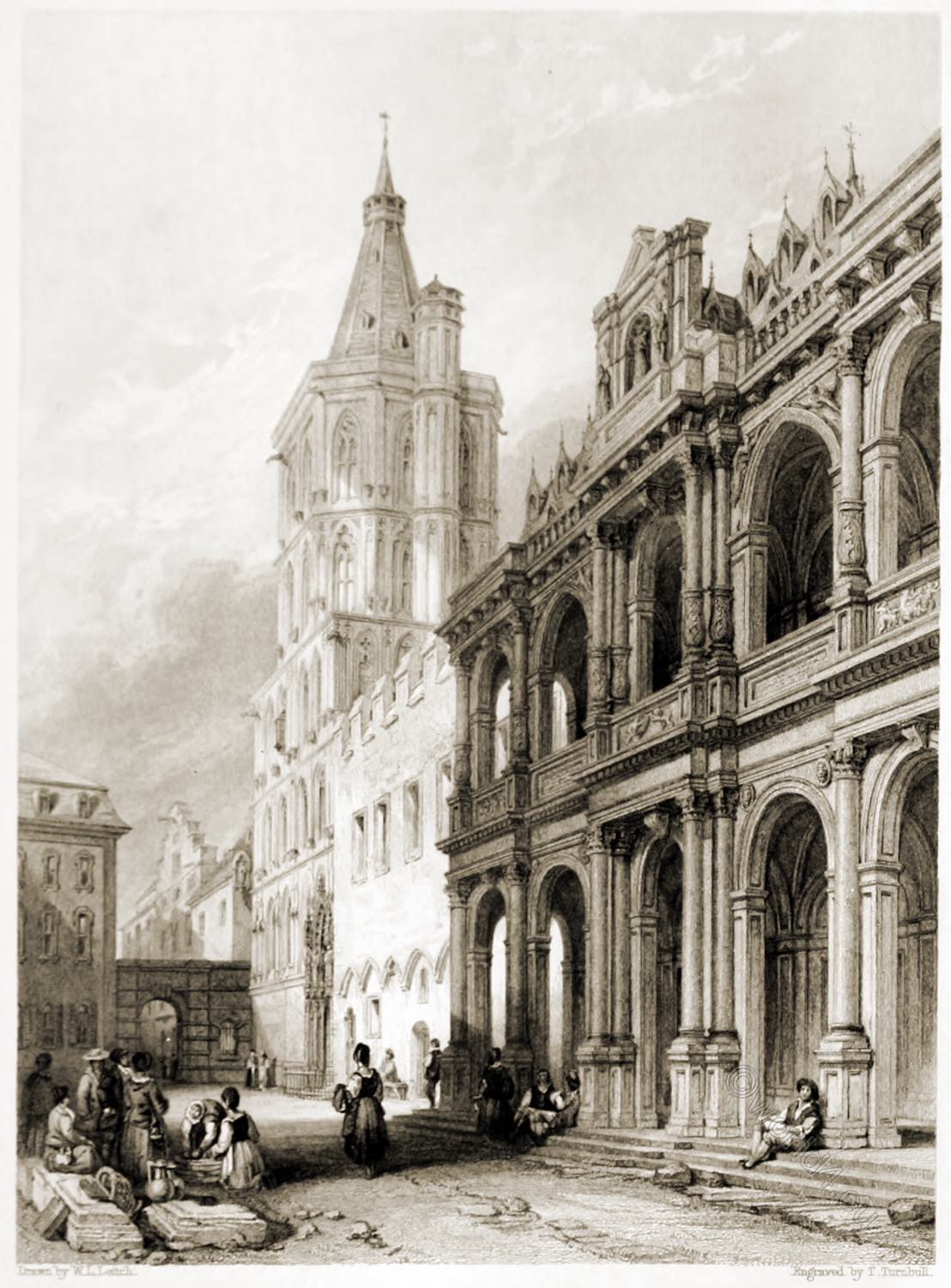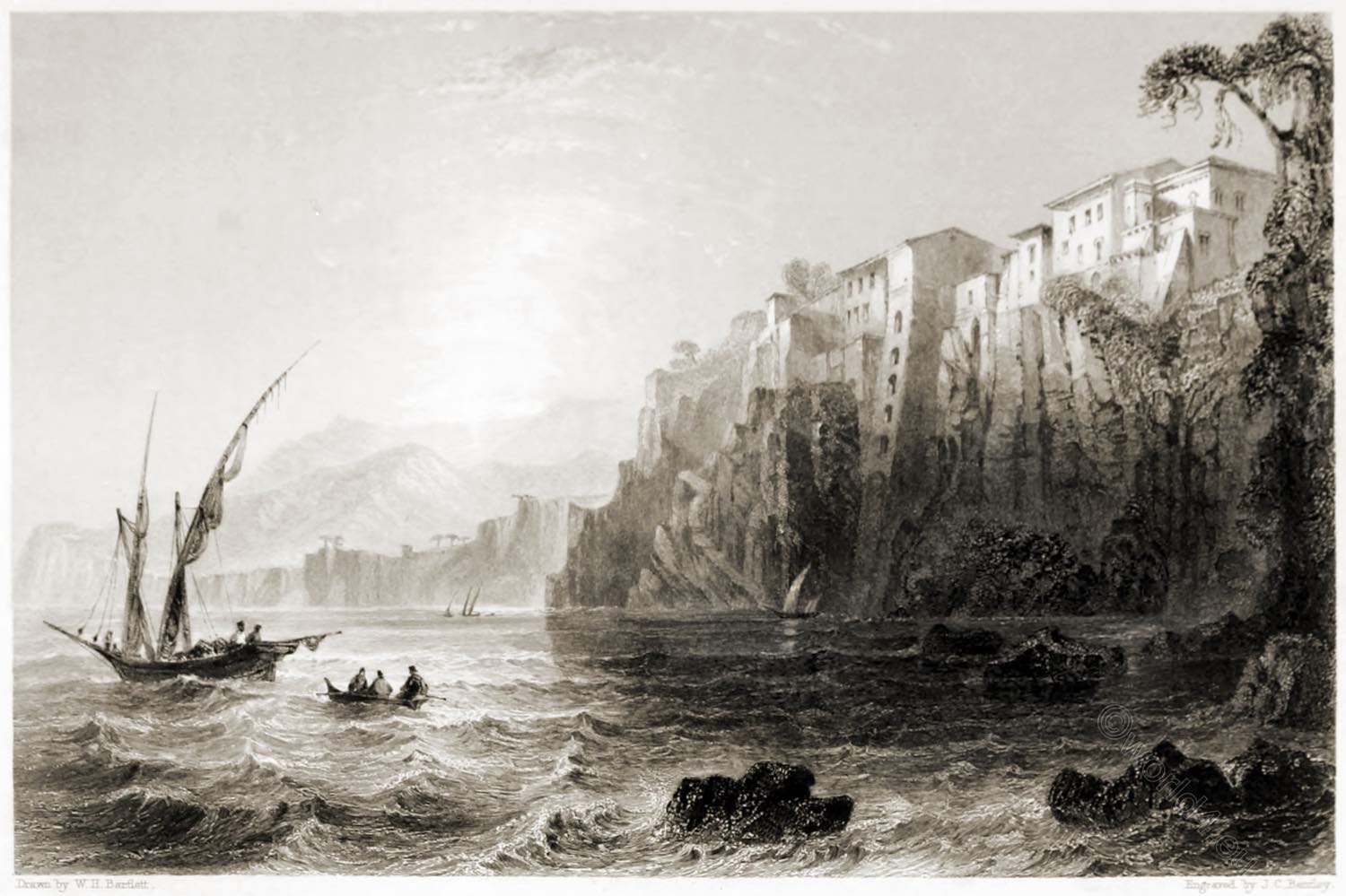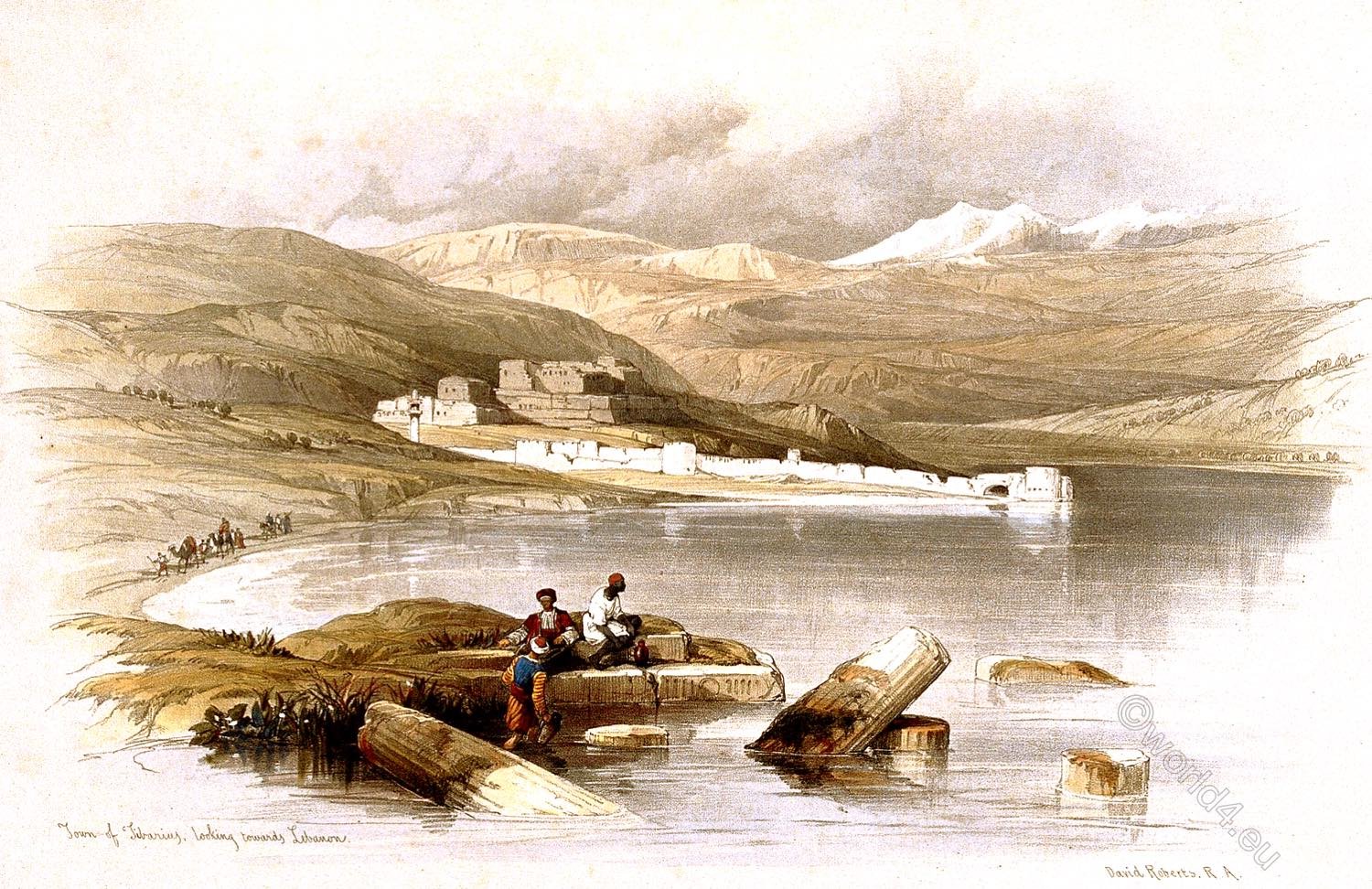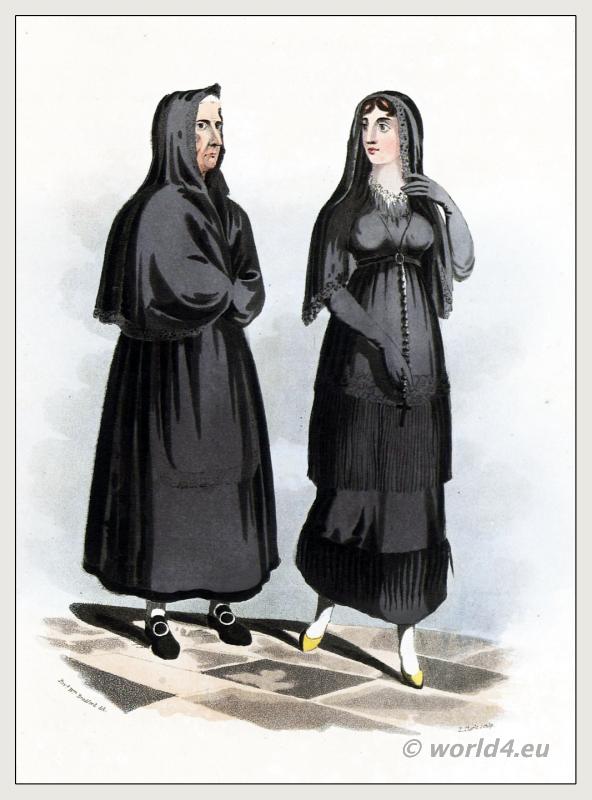IRON BRIDGE OVER THE RIO COBRE, AT SPANISH TOWN.
First Iron Bridge In The Caribbean.
The Iron Bridge, of which we give a view, was erected in the year 1801, at a cost of four thousand pounds, at which sum it was contracted for by Messrs. Campbell and McIntyre. From the year 1766 we find the House of Assembly constantly engaged on the improvement of the road of communication between Kingston and Spanish Town, and several acts were passed for that purpose. The Bill of 1775 made the Commissioners nominated by the act of 1766 a body politic and corporate, and enabled them to raise a sum of money upon the toll.
In the year 1788 trustees were appointed for the management of this fund, and, in the third and fourth sessions of 1791, bills were passed for further adding to these trustees. In 1796, we again find the House occupied on the same subject, and a bill passed for the erection of a stone bridge; some difficulties, however, arising to the execution of this plan, the cast-iron bridge was at length resolved upon, and erected in 1801.
The banks of the Rio Cobre are naturally steep at this part of the river, but the road was of necessity much raised above the natural level, in order to insure a free watercourse at those times when the rainy season swelled the river to its greatest height, and the vast body of water rolled along with an impetuosity to which nothing could afford an effectual resistance. The suddenness and violence of these risings of the rivers can scarcely be imagined by reference to European streams.
When heavy rains take place in the mountains, the first notice to the traveller is the roaring of the river above; and as his attention is directed to the point from whence the sound proceeds, he sees the appalling spectacle of the foaming waves dashing furiously along, and bearing away in its violence immense trees, which it has rooted up in its progress, and not infrequently the bodies of Africans, who have attempted to pass a well-known ford, but who have been surprised by its unexpected depth, and carried along by the violence of the stream.
This view is taken from the sloping grounds to the left of the Bridge, in approaching Spanish Town from Kingston. Under the arch appears the residence of Angus Kennedy, Esq., Provost Marshal.
Source: A picturesque tour of the island of Jamaica by James Hakewill. London: Hurst and Robinson, 1825.


